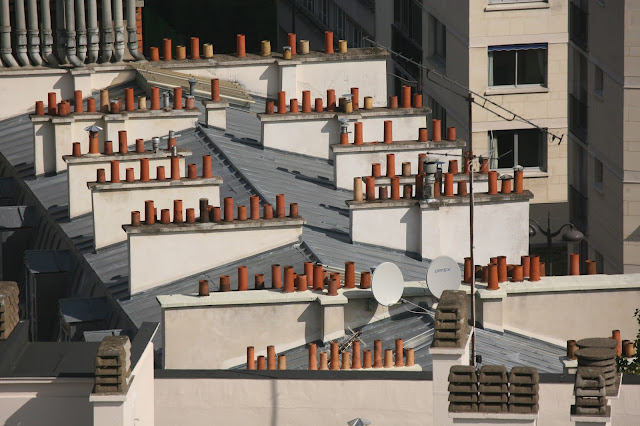Chuck Kuhn's Paris in Photos
Photo of the Day from my personal collection, plus various travel and news information. http://paris-360.blogspot.com
Tuesday, July 17, 2018
Wednesday, July 4, 2018
Thursday, September 15, 2016
Monday, October 5, 2015
 |
| The Winged Victory of Samothrace, discovered in 1863, is estimated to have been created around 200–190 BC.[1] It is 8 feet (2.44 metres) high.[3] It was created to not only honor the goddess, Nike, but to honor a sea battle. It conveys a sense of action and triumph as well as portraying artful flowing drapery, as though the goddess was descending to alight upon the prow of a ship. |
 |
The statue’s outstretched right wing is a symmetric plaster version of the original left one. As with the arms, the figure's head has never been found, but various other fragments have since been found: in 1950, a team led by Karl Lehmann unearthed the missing right hand of the Louvre's Winged Victory. The fingerless hand had slid out of sight under a large rock, near where the statue had originally stood; on the return trip home, Dr Phyllis Williams Lehmann identified the tip of the Goddess's ring finger and her thumb in a storage drawer at the Kunsthistorisches Museum, Vienna, where the second Winged Victory is displayed; the fragments have been reunited with the hand,[6] which is now in a glass case in the Louvre next to the podium on which the statue stands.
The different degree of finishing of the sides has led scholars to think that it was intended to be seen from three-quarters on the left.
|
Subscribe to:
Comments (Atom)






























































